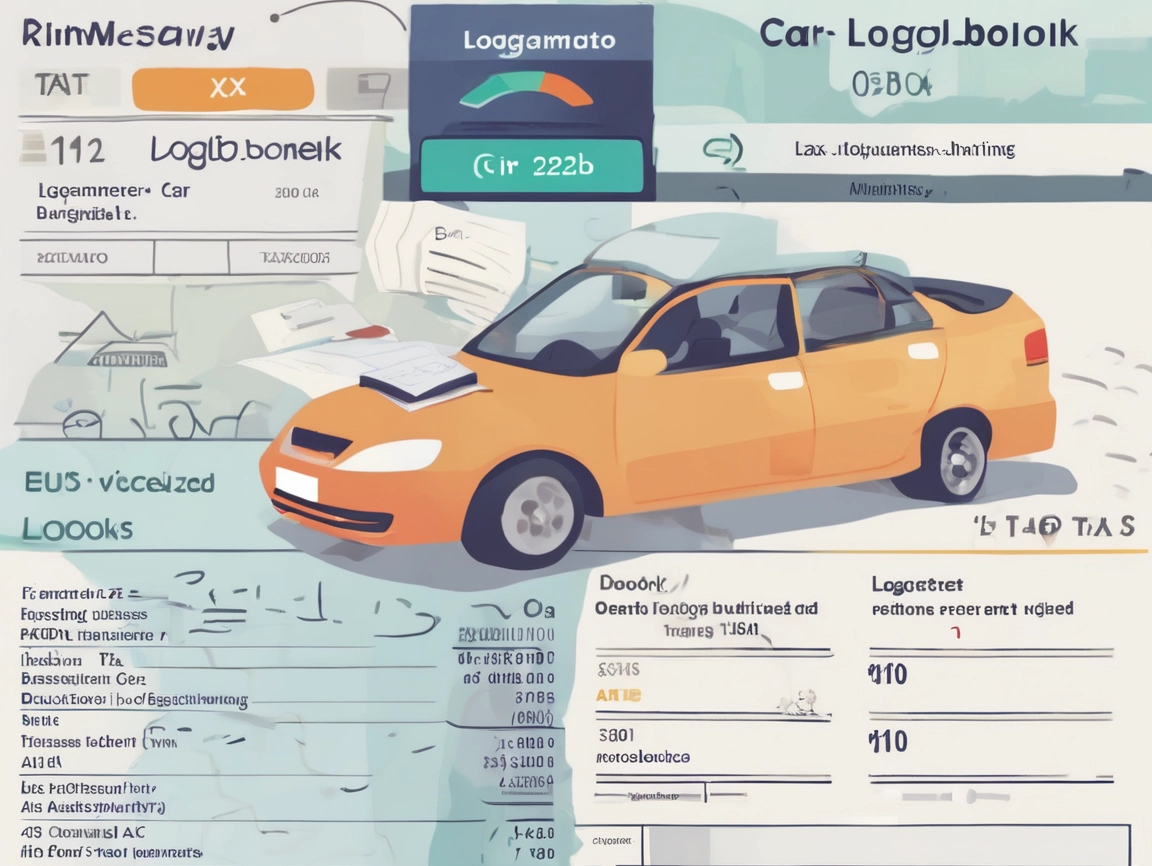Car Logbook Basics: What it is, why it matters, and how to set one up (ATO-compliant)
What is a car logbook?
A car logbook is a record of your business car trips and odometer readings, kept for a minimum continuous period of 12 weeks (as required by the ATO). It’s used to work out your business-use percentage so you can claim car expenses using the logbook method at tax time.
Why is a logbook important?
- Maximises valid deductions: Lets you claim a fair share of running costs (fuel, registration, insurance, servicing/repairs, tyres), loan interest/lease payments, and decline in value based on your business-use %.
- Meets ATO substantiation rules: The ATO requires proper records; a logbook is the most reliable way.
- Lasts up to five years: One good 12-week logbook can generally be used for up to five years (as long as your usage pattern stays broadly the same).
- Avoids guesswork: Provides evidence if the ATO asks how you calculated your claim.
A step-by-step guide to preparing an ATO-compliant logbook
1) Set up before you start
- Choose a continuous 12-week period that reflects normal business use (not holidays or unusual spikes). This is the ATO’s minimum requirement.
- Record vehicle details: Make/Model, Registration, Date you start the logbook, Opening odometer reading.
- Pick your tool: notebook, spreadsheet, or an app — any is fine as long as it captures the required details.
2) Record each business trip during the 12 weeks
For every business journey, record:
- Date
- Odometer at start & end
- Business kilometres (end – start)
- Purpose of trip (specific, e.g., “Client meeting – Hurstville,” not just “work”)
Private trips don’t need a purpose, but your total kilometres must be clear from odometer readings.
3) Keep running evidence of costs
Hold onto receipts/tax invoices for fuel, servicing, tyres, insurance, rego, repairs, tolls, parking (business use only), and finance/lease docs. You’ll apply your business-use % to these costs at year end.
4) Close the logbook period
- Record the closing odometer reading on the last day.
- Work out:
- Total kilometres driven in the 12 weeks.
- Total business kilometres in the 12 weeks.
- Business-use % = (Business km ÷ Total km) × 100.
5) Apply your logbook result
- Your calculated business-use % is applied to the whole income year’s eligible car costs.
- For future years, one 12-week logbook can remain valid for up to 5 years (if your usage pattern doesn’t change significantly).
- At the start and end of each year, keep annual odometer readings to support ongoing claims.
6) Keep your records safe
- Retain the logbook, odometer notes, and receipts for at least five years from the date you lodge your return.
Common mistakes to avoid
- Running a logbook for less than 12 weeks.
- Recording only business trips but not total kilometres.
- Vague purposes like “work.”
- Forgetting odometer readings.
- Using an old logbook when usage patterns have clearly changed.
- Claiming private or home-to-work travel as business.
Quick note: Logbook vs cents-per-kilometre
- Logbook method: Best for higher business use, lets you claim actual costs (running, finance/lease, depreciation) in proportion to business %.
- Cents-per-km method: Simpler, capped at a set number of km per year, and no receipts required for running costs.
Need help?
Setting up a compliant logbook can feel overwhelming, but it pays off at tax time. If you’d like, we can provide:
- A ready-to-use Excel logbook template (with automatic % calculations).
- Guidance on what costs are eligible and how to apply your business-use %.
A logbook is essential for accurately tracking business-related vehicle use, ensuring compliance with Australian Taxation Office (ATO) regulations. By meticulously recording odometer readings and maintaining receipts for associated costs, individuals can substantiate their claims for vehicle deductions. This structured approach not only streamlines tax reporting but also minimizes the risk of errors or audits. Establishing and maintaining an ATO-compliant logbook ultimately enhances financial transparency and maximizes potential deductions.





